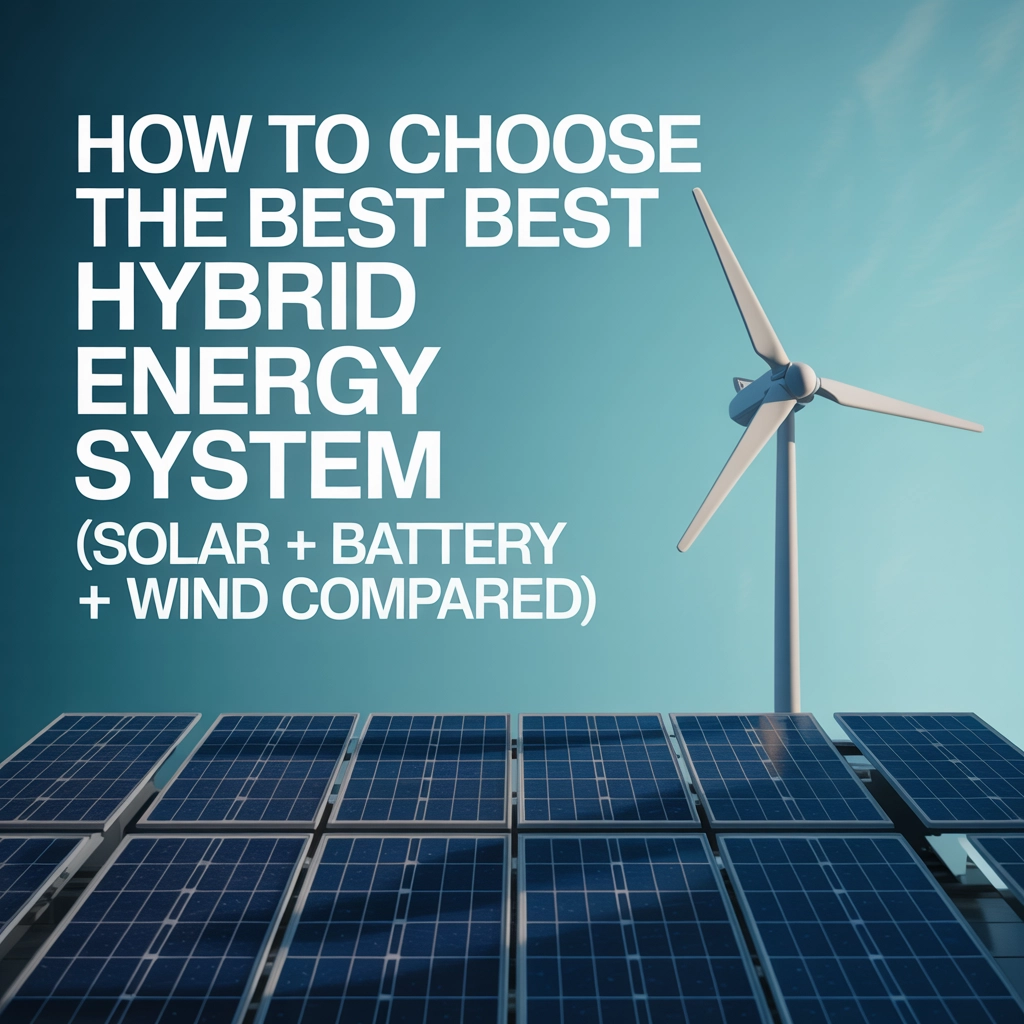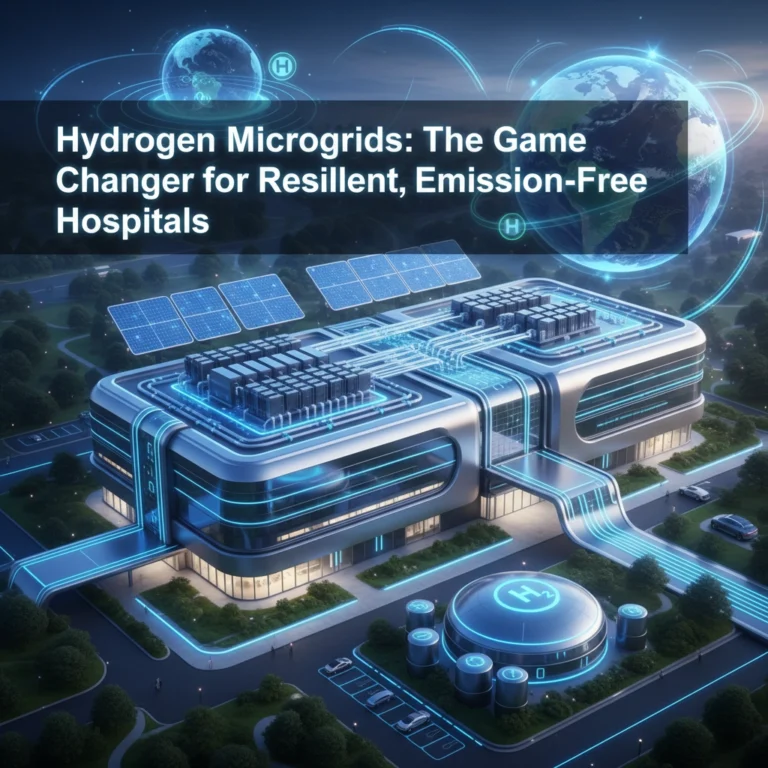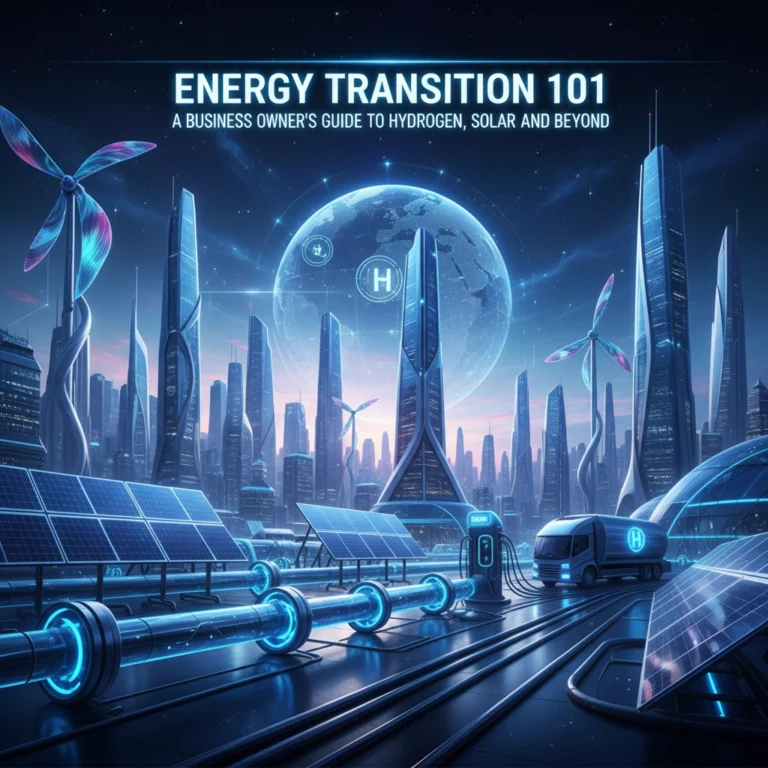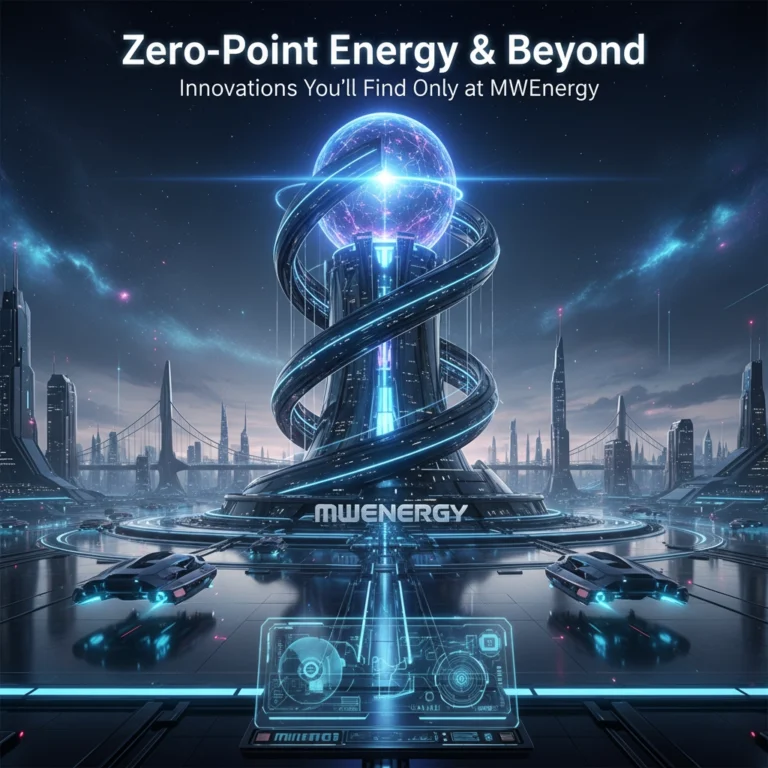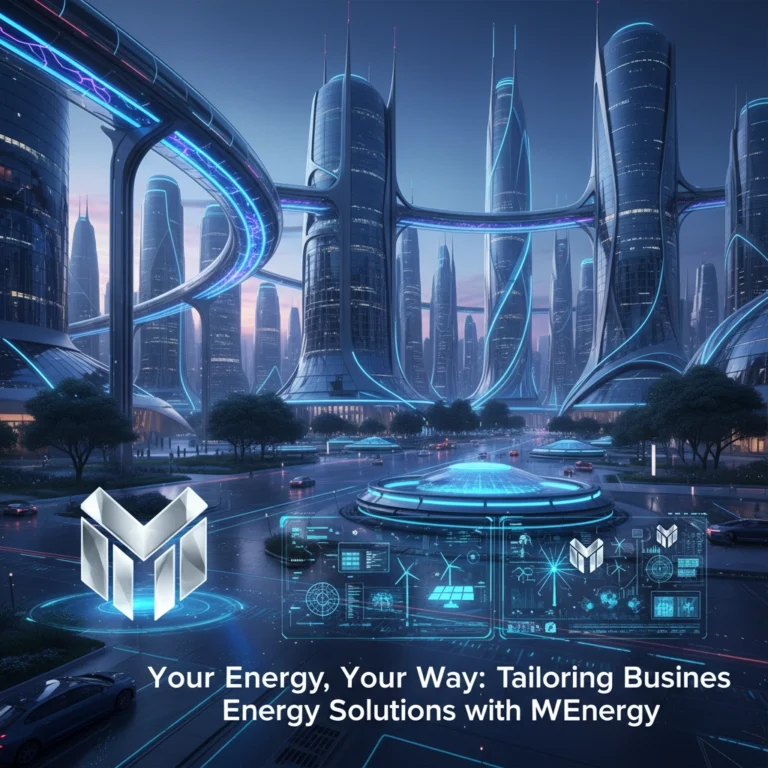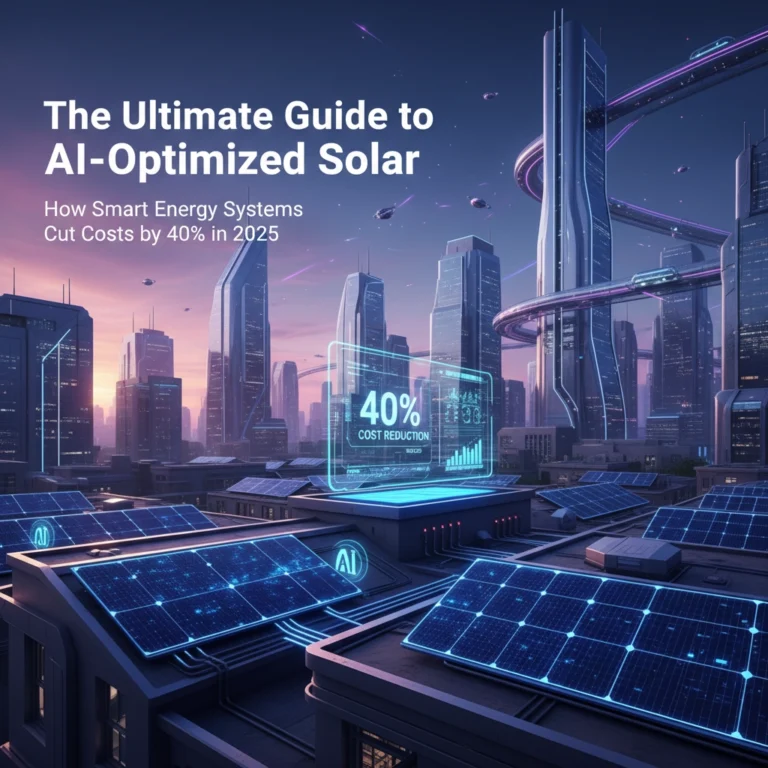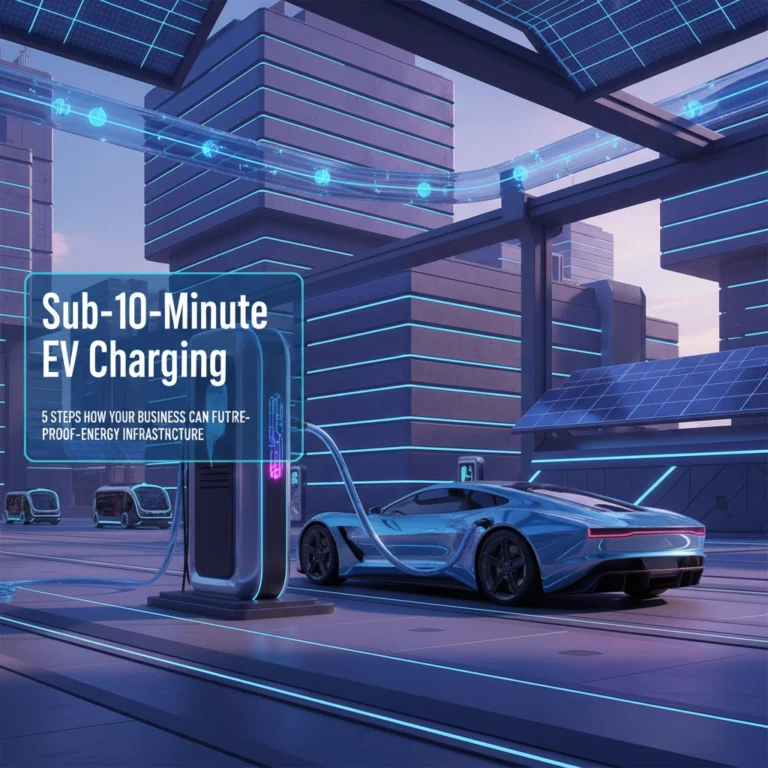How to Choose the Best Hybrid Energy System (Solar + Battery + Wind Compared)
Choosing the right hybrid energy system can feel overwhelming with so many options available today. But here's the thing – when you combine solar panels, wind turbines, and battery storage strategically, you're not just investing in clean energy. You're creating a powerhouse that works around the clock, regardless of weather conditions.
The beauty of hybrid systems lies in their complementary nature. While solar panels generate peak power during sunny afternoons, wind turbines can keep producing electricity throughout the night. Add battery storage to the mix, and you've got a system that ensures consistent power supply even when Mother Nature isn't cooperating.
Understanding Your Hybrid Energy Options
A solar-wind hybrid system essentially combines two of nature's most abundant energy sources. Solar panels convert sunlight into direct current electricity, while wind turbines harness wind energy to generate alternating current. Power conversion equipment then processes both into usable AC power for your home or business.
The real magic happens in how these systems complement each other. During sunny days, your solar panels work at maximum efficiency. When the sun sets or storms roll in, your wind turbines take over. This tag-team approach creates a more stable and reliable energy supply than either technology could provide alone.
Battery storage acts as your energy bank, storing excess power when production exceeds demand and releasing it when you need it most. This combination addresses the intermittency issues that have traditionally challenged renewable energy adoption.
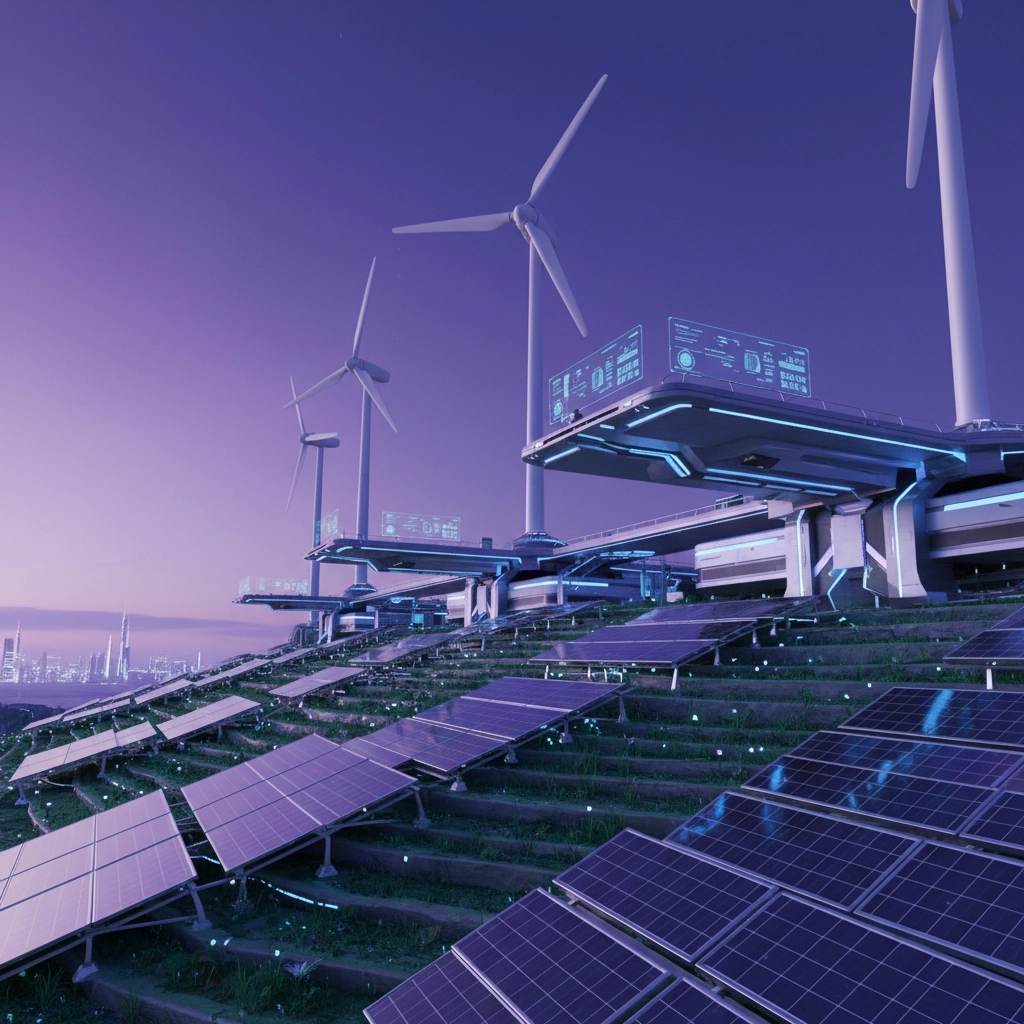
Performance Showdown: Solar vs Wind Efficiency
Let's talk numbers. Wind turbines typically convert 35-45% of available wind energy into electricity, significantly outperforming solar panels' 20-24% conversion rate. But before you conclude that wind is the clear winner, consider this: efficiency doesn't tell the whole story.
Solar energy offers something wind can't match – predictability. You can forecast solar production with remarkable accuracy based on weather patterns and seasonal changes. Wind patterns, however, are notoriously unpredictable and can vary dramatically from day to day.
A typical 10 kW residential solar system produces approximately 12,000-15,000 kWh annually, depending on your location and sun exposure. A comparable 10 kW wind turbine might generate 15,000-25,000 kWh annually in optimal conditions, but this varies wildly based on your local wind resource quality.
The capacity factor tells another part of the story. Solar systems typically achieve capacity factors of 15-25%, while wind systems range from 25-50%. However, solar's consistent daytime production patterns often make it more valuable for matching typical energy consumption cycles.
System Configuration: AC vs DC Coupling
When designing your hybrid system, you'll need to choose between AC-coupled and DC-coupled configurations. Each approach has distinct advantages and trade-offs.
AC-Coupled Systems use separate inverters for wind and battery components. You'll need a DC/AC inverter for the wind system and a bidirectional DC/AC inverter for battery storage. While this increases equipment costs, it allows both generation sources to operate at full capacity simultaneously.
DC-Coupled Systems integrate the wind turbine and battery storage behind a common inverter at the DC link. This configuration often results in fewer charging and discharging cycles for your batteries, potentially extending their lifespan and improving overall system efficiency.
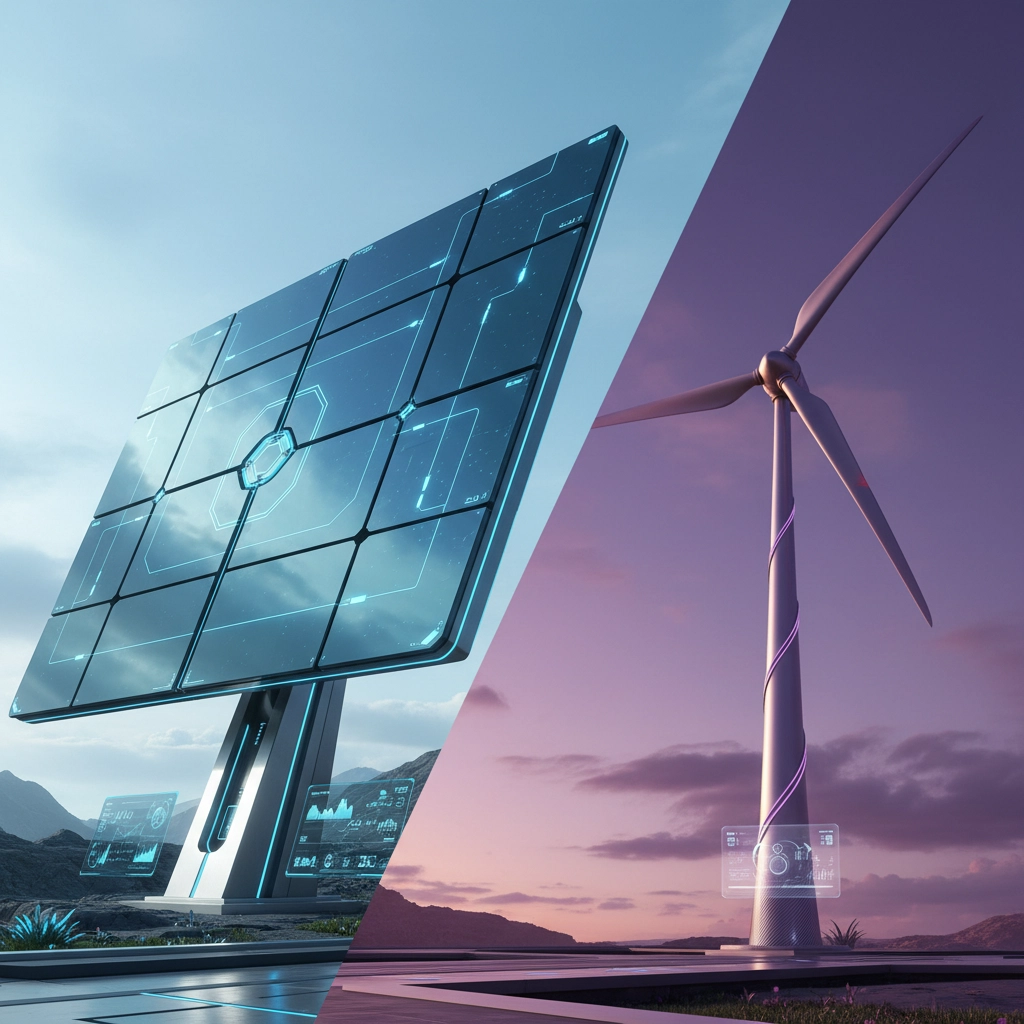
Seasonal Performance Advantages
One of hybrid systems' most compelling benefits is their seasonal performance balance. In most regions, solar generates substantial energy during summer months when sun exposure is at its peak. Wind turbines often perform better during winter months when wind patterns are stronger and more consistent.
This seasonal complementarity means your hybrid system maintains more consistent year-round production compared to single-source installations. During summer, excess solar production can charge your batteries for evening and nighttime use. In winter, wind generation helps offset reduced solar output while still maintaining battery reserves.
The nighttime advantage goes to wind. While your solar panels rest after sunset, wind turbines can continue generating electricity throughout the night, ensuring continuous power production and battery charging.
Location Matters: Resource Assessment
Your location determines everything when it comes to hybrid system performance. The availability of both solar irradiation and wind energy throughout the year should be thoroughly investigated before making any investment decisions.
Some regions offer excellent solar resources but limited wind potential, while others might have strong wind resources but inconsistent sun exposure. The ideal hybrid system location provides adequate resources for both technologies, maximizing the complementary benefits.
Consider factors like:
- Average annual solar irradiation levels
- Wind speed consistency and seasonal patterns
- Local weather patterns and microclimates
- Zoning restrictions and permitting requirements
- Grid connection availability and net metering policies
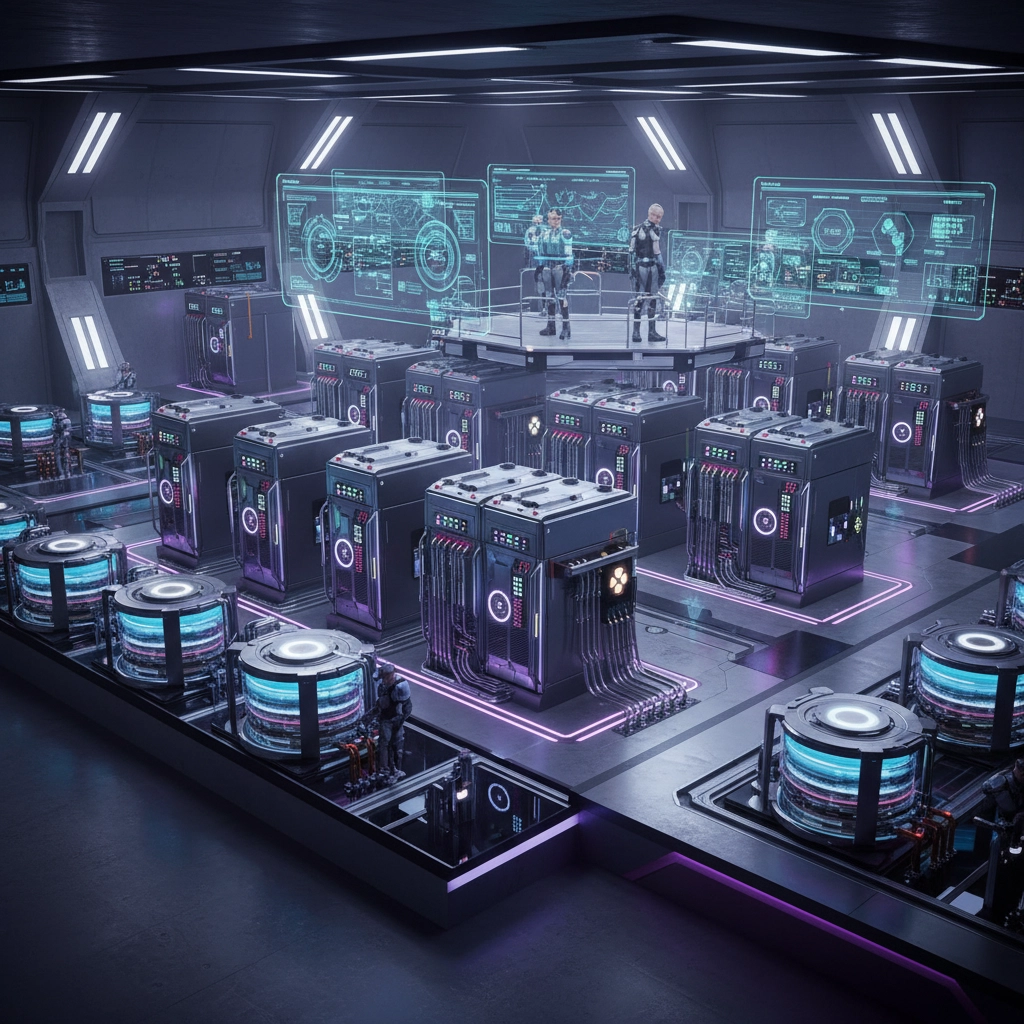
Cost Considerations and ROI
Let's address the elephant in the room – cost. Hybrid systems require higher upfront investment compared to single-source renewable installations. You're essentially buying two generation technologies plus battery storage, which can significantly impact initial project costs.
However, hybrid systems often provide better long-term value through improved capacity utilization and reduced grid dependency. The enhanced reliability means fewer power outages and less reliance on backup generators or grid electricity during peak rate periods.
Battery storage adds another cost layer but provides crucial benefits like load shifting, backup power, and grid independence. Modern lithium-ion battery prices have dropped substantially, making storage more accessible for residential and commercial applications.
When evaluating costs, consider:
- Equipment and installation expenses
- Maintenance requirements over system lifetime
- Available tax incentives and rebates
- Long-term energy cost savings
- Backup power value and grid independence benefits
Grid-Connected vs Off-Grid Applications
Your connection to the electrical grid significantly influences your hybrid system design. Grid-connected systems can use the utility network as backup storage, feeding excess power to the grid when production exceeds demand and drawing power when needed.
Off-grid installations require more robust battery storage and careful load management since you can't rely on grid connectivity for backup power. These systems often justify higher costs through eliminating monthly utility bills and providing energy independence in remote locations.
For grid-connected systems, net metering policies affect system economics by determining compensation rates for excess power fed back to the grid. Understanding your local utility's interconnection requirements and rate structures is crucial for optimizing system design and financial returns.
Making Your Decision
Choosing the best hybrid energy system requires balancing multiple factors specific to your situation. Start by conducting a thorough assessment of your local renewable resources and energy consumption patterns.
Consider working with renewable energy professionals who can perform detailed resource assessments and system modeling. They can help optimize component sizing, configuration choices, and integration strategies for your specific needs.
The optimal hybrid system provides uninterrupted power supply, increased reliability, low life-cycle costs, and better utilization of renewable energy sources. When properly designed and installed, these systems offer environment-friendly operation while delivering long-term energy independence.
Your hybrid energy system represents more than just an investment in clean technology – it's a step toward energy independence and environmental responsibility. Whether you choose a solar-wind-battery combination or another hybrid configuration, you're pioneering a sustainable energy future that benefits both your bottom line and the planet.
Ready to explore hybrid energy solutions for your property? Visit our solar and hydrogen pages to learn more about cutting-edge renewable technologies, or contact us to discuss your specific energy needs with our expert team.

